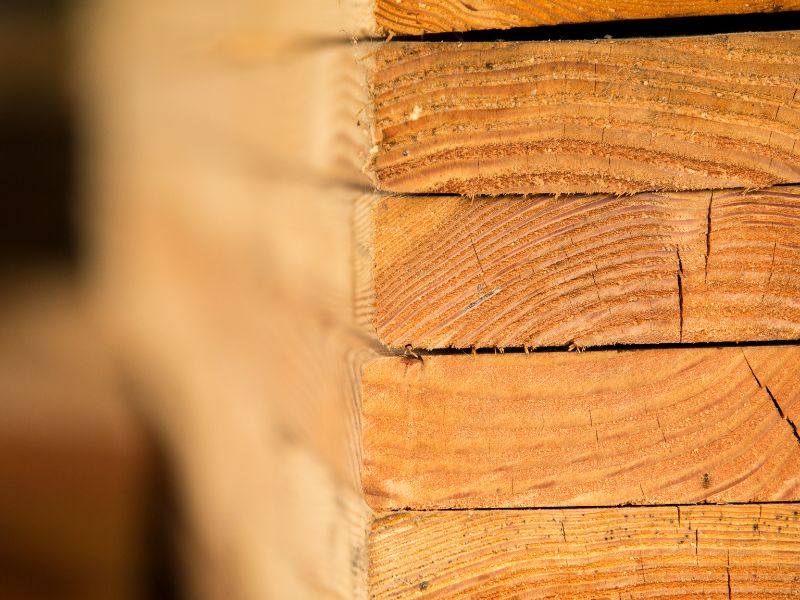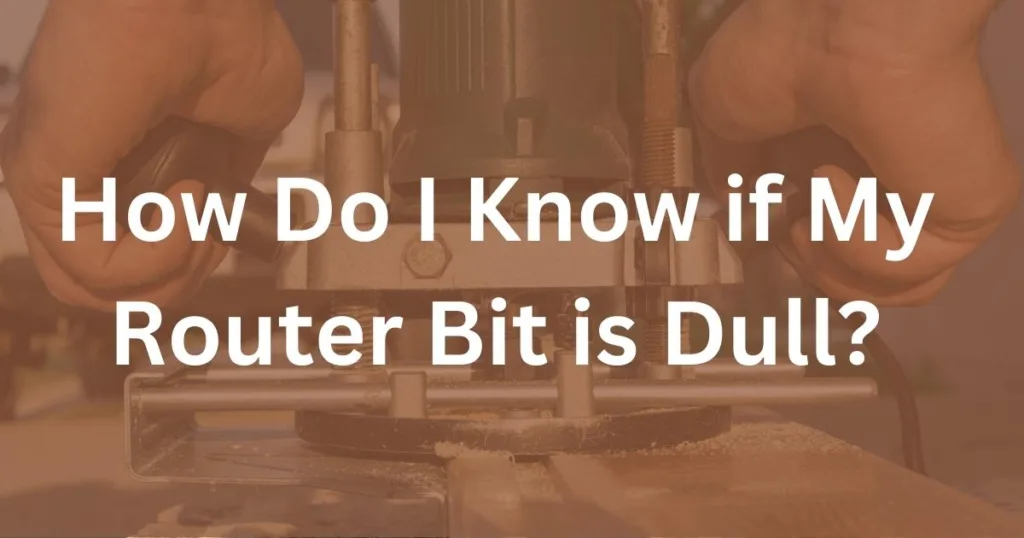
As your woodworking journey starts to advance, you will probably start paying a lot more attention to the type of wood you are using for your projects. The most common progression is starting with softwood such as pine, then progressing to hardwood materials such as oak or maple.
A question you may want to know the answer to sooner rather than later is what type of blade you should be using to rip hardwood on your table saw.
A general rule for ripping hardwood and softwood is to use a rip blade with less than 40 teeth. The smaller tooth count will allow more space between the teeth which will help prevent burning and allow adequate space for material removal.
Knowing that you need a blade under 40 teeth is only scratching the surface. In the next section, we will talk a little more about how to choose the right rip blade for your table saw.
Choosing the Correct Hardwood rip blade for you table saw
Knowing that you need a blade under 40 teeth is only the beginning of the process when choosing a rip blade. It’s more of a general rule that applies to multiple blade sizes and shows that fewer teeth, not more, is better when ripping lumber, within reason of course.
There are tons of blade options that have under 40 teeth which can make it difficult to know exactly which one you need. This is why in this section we’re going to talk a little more about how to make the decision on which rip blade you need for your table saw.
The consensus is that a 10-inch blade with a 30-tooth count or less or a 12-inch blade with a 40-tooth count or less is ideal for ripping both softwood AND hardwood.
If you want to choose the best blade for ripping lumber, that is your best bet. This type of blade won’t perform well with other types of cuts, such as cross cuts, so just be sure to keep that in mind.

One of the highest-rated 10-inch 24-tooth blades I could find is the Diablo ripping circular saw blade. The majority of people are highly satisfied with it, and the ones that have issues, have a response from Diablo to make things right. This would be the dedicated ripping blade that I will put on my table saw no doubt.
However, if you are anything like me when it comes to using your table saw, you probably don’t want to have to change the blade every time you go from a rip cut to a cross-cut and vice versa. This is where a combination blade comes in, and is designed for this exact purpose.
A combination blade will generally have anywhere from 40 to 60 teeth and can perform both rip cuts and cross cuts well, it just won’t excel at either. If you are willing to sacrifice a little quality for the time you will save by not changing the blade every 5 minutes, this is the route you would want to go.
Blades that have more than 60 teeth are going to be for cross-cutting or special-purpose dedicated blades and won’t do as well with rip cuts.
Why is less teeth better for ripping hardwood?
When there are fewer teeth on a table saw blade but it stays the same diameter, it will create a larger gap between the teeth themselves; this is called the gullet. A larger gullet will improve rip speed and prevent burning, but why?
When you cut wood with the grain (which is what is happening during a rip cut), the chips that are cut tend to be longer than if you were cross-cutting. If these longer chips don’t have a place to go, they will start to build up in the gullet and will cause heat generation which will lead to the burning of the wood and a decreased blade life.
Wood will generally be easier to cut with the grain because the fibers are aligned in this direction. Since they are easier to cut, a larger gap between teeth is completely acceptable. It’s when you start to go against the grain that the wood will resist cutting a bit more and will need smaller amounts of material removed with each tooth, which is where the higher tooth count comes in for cross-cutting.
Is there a difference in ripping hardwood versus softwood?

This post was written to answer the question of what blade to use when ripping hardwood on a table saw. However, the concept of which blade to choose when cutting hardwood versus softwood is the same.
Softwood will cut easier because it is less dense but either way, the blade type will stay the same. The one thing you should pay attention to when choosing the correct blade type is the grain direction. This will have much more of an impact than if it is hardwood or softwood.
What would happen if you used more than 60 teeth for ripping wood?
So what would happen if you only have a blade with more than 60 teeth? Can you use it for ripping wood? The short answer is yes, but you should probably avoid it if you can.
If you use a dedicated cross-cut blade, you will more than likely experience burning on the lumber and it can be difficult to feed the board through the table saw. It can also be a bit dangerous if the gullets get clogged because it will no longer be able to cut. This can cause a kick-back scenario which is not what you want.
However, if you use a ripping blade for cross-cutting, the situation is a bit better. If you only had a ripping blade, you could use it for crosscutting. You will just need to go slower than you normally would so that you are not trying to remove too much material at once, and can reduce tear out.
Final Thoughts
The correct blade type for ripping hardwood is the same as it would be for softwood. The main thing you want to look at is the grain direction. If you want the best blade for ripping lumber, a 10-inch blade with less than 30 teeth, or a 12 inch blade with less than 40 teeth is the ideal route.
Other blades can be used for rip cuts but caution should be used if attempting to use a blade with more than 60 teeth, as it can cause burning and even kick-back.
If you want the best of both worlds, where you can cross-cut and rip cut without changing the blade, you should look into combination blades as they allow one blade to be used for a large range of cuts.


